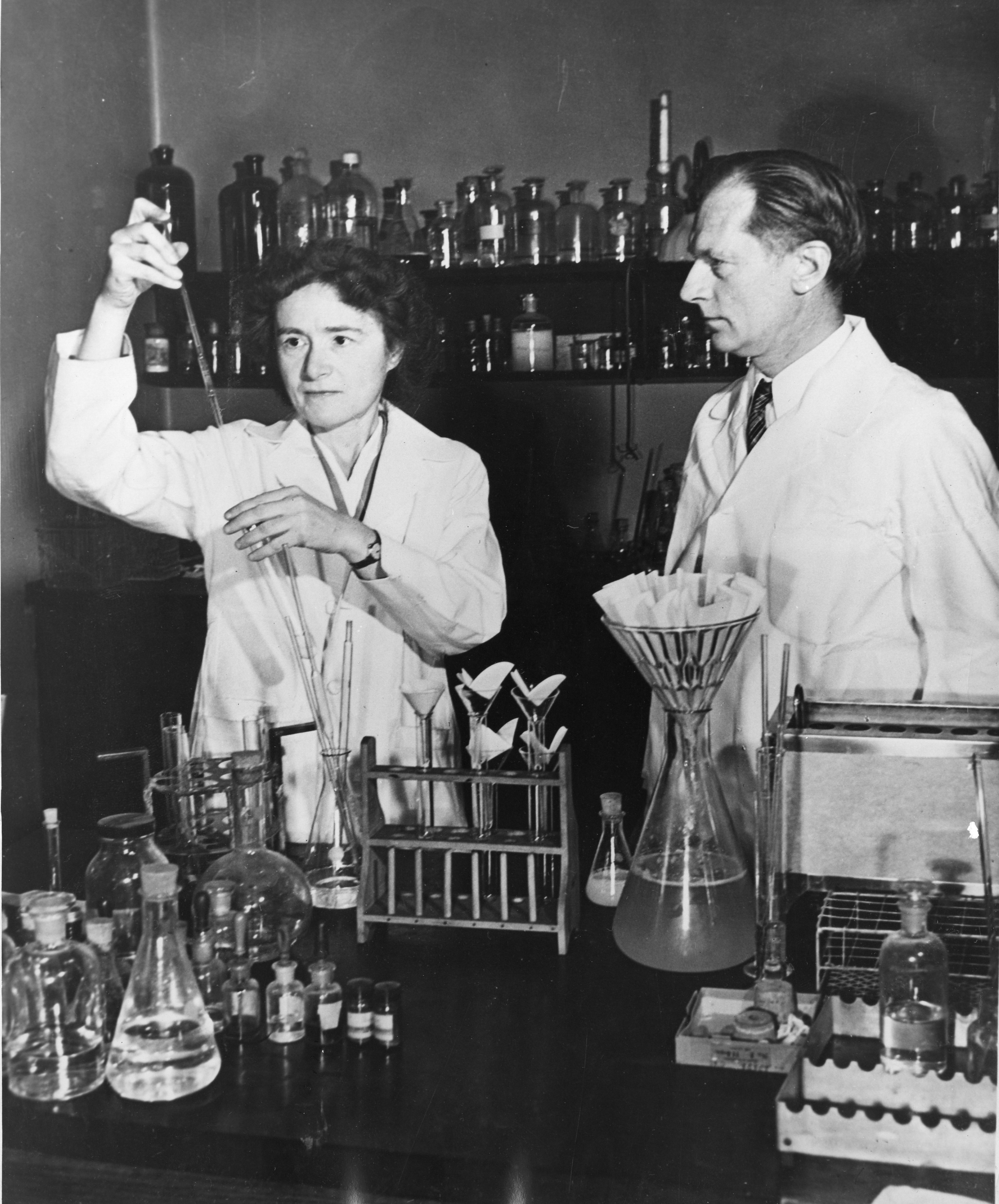Good day, our dear readers! As a preparation for the Valentine’s Day, we have decided to recall the most famous couples who glorified science through their joint scientific activity. Allegorically, science is like a mountain peak that together is much easier to conquer. Love is the best tool for that – it is a connecting and protecting cable, as well as an endless source of strength and inspiration.
Even today, some stereotypically represent scientists as secretive loners, jealous fanatics of science who never crawl out of their lairs, their offices and laboratories and stay there with an almost religious fervor. Fortunately, there are not many such fanatical scientists and most of the scientists are far from this. Moreover, “research without love” is very sad. So, let’s get back to our lovers.
Here are some of the most brilliant examples of such scientific duets:
Nicole-Reine Lepaute (née Étable de la Briere) and Jean-André Lepaute. Nicole-Rhine Lepaute, the first French woman mathematician and astronomer, was the wife and assistant of Jean Andre Lepaute, a royal clockmaker. Together the spouses constructed a new type of a clock with an astronomical function, and in 1755 they published a book titled “Traite d’horlogerie (Treatise of Clockmaking) in cooperation with the famous astronomer Jérôme Lalande. In this book, Nicole-Rhine published her first mathematical work – “the table of numbers of oscillations for pendulums of different lengths”.

Marie-Anne Pierrette Lavoisier (née Paulze) and Antoine Lavoisier. Famous Lavoisiers studied the role of oxygen in the respiration of plants and animals, as well as its properties in the combustion process. Of the greatest achievements of the Lavoisier duet – the law of conservation of mass and the determination of the chemical composition of water.
Maria Curie (née Sklodowska) and Pierre Curie. So much literature has been written about this famous couple that we confine ourselves to just a few facts. In 1903, Maria and Pierre Curie, together with Henri Becquerel, received the Nobel Prize in Physics “in recognition of the extraordinary services they have rendered by their joint researches on the radiation phenomena discovered by Professor Henri Becquerel.” In 1911 (four years after the tragic death of Pierre), Marie Curie received her second Nobel Prize “in recognition of her services to the advancement of chemistry by the discovery of the elements radium and polonium, by the isolation of radium and the study of the nature and compounds of this remarkable element.” In her award ceremony speech in Stockholm, she emphasized the key role of her husband in the discovery of new elements, and humanity owes Pierre Curie for his fundamental work in the field of radioactivity.

Irene and Frederic Joliot-Curie. Of course, in connection to the previous couple, we should mention another genius Curie family. The eldest daughter of Maria and Pierre, Irene, and her husband Frederic Joliot-Curie continued the scientific research of their parents, and did it so successfully that in 1935 they were awarded the Nobel Prize in Chemistry “for the synthesis of new radioactive elements.”
Gerty Teresa (nee Radnitz) and Carl Corey. American scientists Corey investigated the metabolism of carbohydrates. They discovered the mechanism of catalytic conversion of glycogen (the main process of decomposition and new synthesis of glycogen in the muscles, due to which the muscles receive energy), named in honor of its discoverers, the Corey cycle. For these outstanding discoveries, Gerty Teresa and Carl Corey received the Nobel Prize in medicine in 1947.

Smithsonian Institution
May-Britt and Edward Moser. Norwegian neuroscientists investigate very successful the neural molecular systems for positioning the body in space (in other words, brain’s “GPS” system). For this work, the spouses were awarded the Nobel Prize in Medicine in 2014 (together with John O’Keefe).
Our dear readers! Happy Valentine’s Day to all of us! We wish you the best health, love, happiness and joint scientific (and not only) victories!
Featured image: Pierre Curie et Marie Sklodowska Curie 1903.
